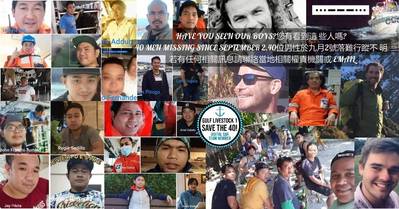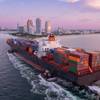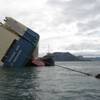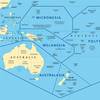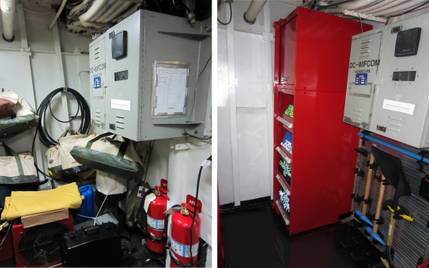NZ Union Opposes Resumption of Live Export
New Zealand’s Maritime Union, representing both seafarers and stevedores, has voted to oppose the proposed resumption of live animal exports.
A ban was implemented by the previous government after the Gulf Livestock 1 capsized in 2020 leaving 41 crew and 6,000 cattle missing.
Maritime Union of New Zealand National Secretary Carl Findlay says the Union confirmed its opposition to live animal exports at its National Conference in November 2024.
He said the world is moving away from live exports, and New Zealand would benefit from being seen as a modern and progressive exporter by ending such bad practices, rather than attempting to turn back the clock and return to the worst aspects of New Zealand’s past.
“Our Union supports adding value to primary exports in New Zealand, not outmoded and cruel practices.” Findlay says the loss of jobs at meat processing plants within New Zealand should be the focus for the Government if they were concerned about the industry.
Findlay cites SPCA Chief Scientific Officer Dr Arnja Dale saying there is no way to achieve good animal welfare on long sea journeys on livestock carriers.
He says: “More and more New Zealanders are now aware of the reality and don’t support this trade.”
An ABC investigation discovered that in the 18 months prior to the Gulf Livestock 1 sinking, Indonesian and Australian authorities recorded dozens of safety breaches aboard the ship. The Australian Maritime Safety Authority (AMSA) detained the vessel in Broome in May 2019 after concerns about navigation equipment and the stability of the vessel. It directed the exporter to reduce the number of cattle on board.
Maritime New Zealand oversaw the loading of the Gulf Livestock 1 in Napier before its final voyage but did not undertake maintenance inspections as the vessel was not categorized as “high risk.”
“The Government has no credibility when they avert their eyes from the poor practices that go on with unregulated flag of convenience shipping around the world, which underpins the profits of the live export industry,” says Findlay.
Earlier in November, the New Zealand Government’s plan to repeal its ban on live export by sea was pushed back. In a statement, the Minister championing the restart of the trade, Andrew Hoggard, himself a farmer who has never exported his animals, confirmed a delay to the process and said he is committed to developing the highest standards of animal welfare.
Hoggard says the discussion document on live export that he promised to make public before September won’t be coming out until next year.
Australian former live export veterinarian Dr Lynn Simpson visited New Zealand this year to meet with government representatives. “All live export voyages are high risk ventures,” she said. “The many things that can go wrong include mechanical failures such as loss of propulsion, steering, air supply to livestock and production of fresh water at sea for all living beings on board. Not to mention disease development, injuries and losses due to sinking.
“Another problem that is of particular concern is the recorded weights of the livestock as they are loaded onto a ship. Most if not all animals will be held off food and often water consumption for significant periods before loading. This means that unless a corrective weight factor is applied the stocking density and food provisions are all incorrect due to the weight of the animals being temporarily less than is their normal.
“Animals will be more crowded once they rehydrate and gain gutfill, once fed and watered onboard. Feed quantity percentiles loaded will not necessarily be compliant with legislation, often leading to hungry, over-crowded cattle and concerned crew. Factors I have recently met with Minister Hoggard, MPI and Maritime NZ to discuss.
“The practice of allowing questionable weight declarations of loaded livestock can pose some dangerous scenarios and may have been a factor in the loss of the Gulf Livestock 1,” says Simpson.
Findlay said that poor practices are embedded in global live animal transport shipping and this presents a danger to both crew and livestock. “The sinking of the Gulf Livestock 1 in 2020 as it travelled between New Zealand and China with the loss of 41 human lives and 5,867 cattle should never be forgotten.”



